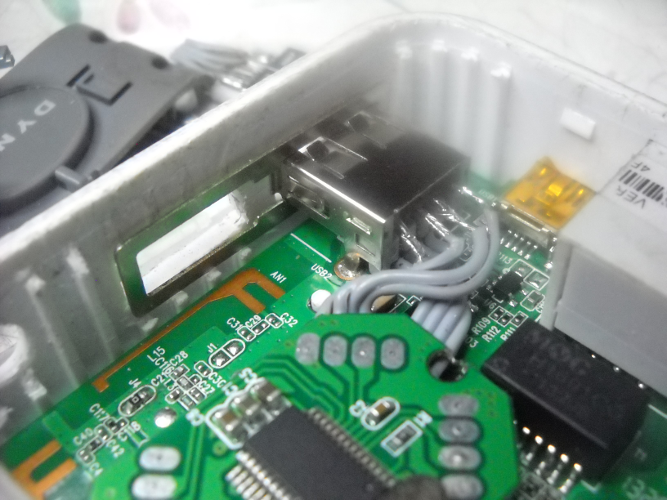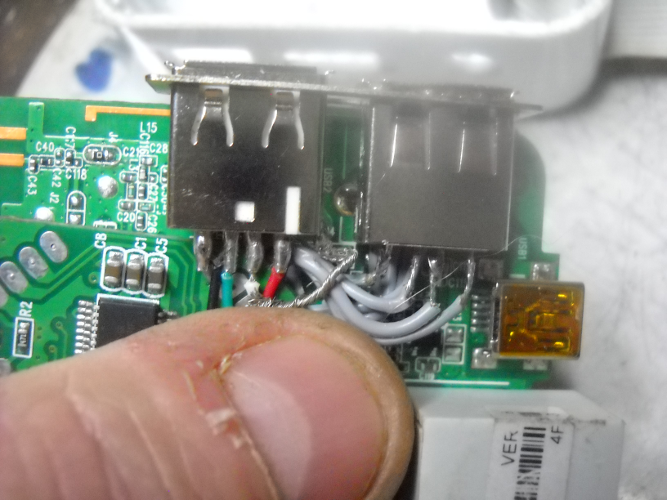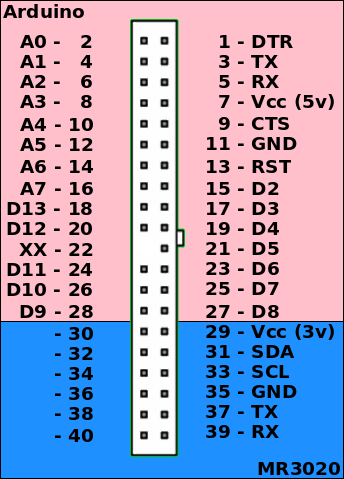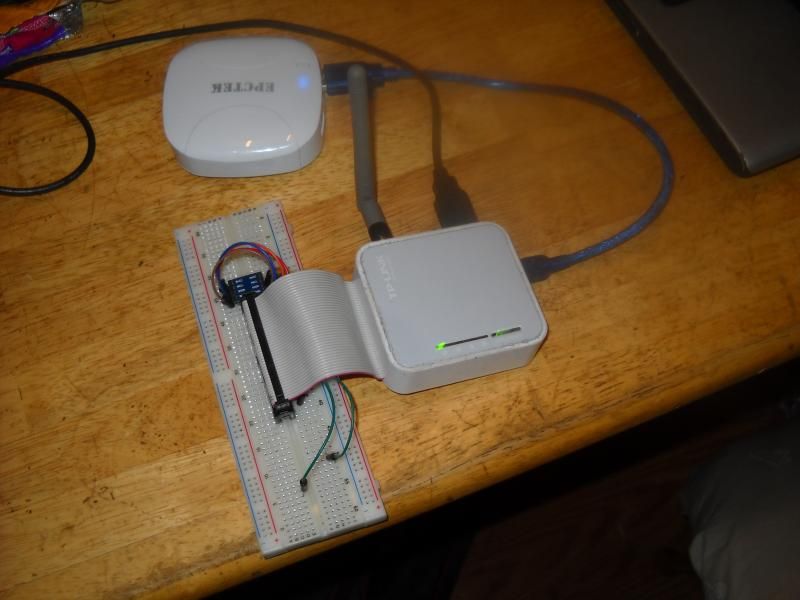I have finished up on the "brain child" project and here is my conclusion. First I want to say that I like how things turned out. Second I want to say I wouldn't do it again. Unless you REALLY need everything in one tiny box. Don't open your router period.
The next approach I will take is everything modular. Instead of opening the router and adding I2c. I'm going to add I2C via a usb device. Instead of adding an external antenna, I'm going to add an external usb wifi adapter with an external antenna. Instead of adding the arduino via UART or I2C ... I'm going to add a arduino nano via usb. Finally, I'm going to connect the rest of the usb devices (usb 8gb & usb bluetooth) via an external (powered) usb hub.
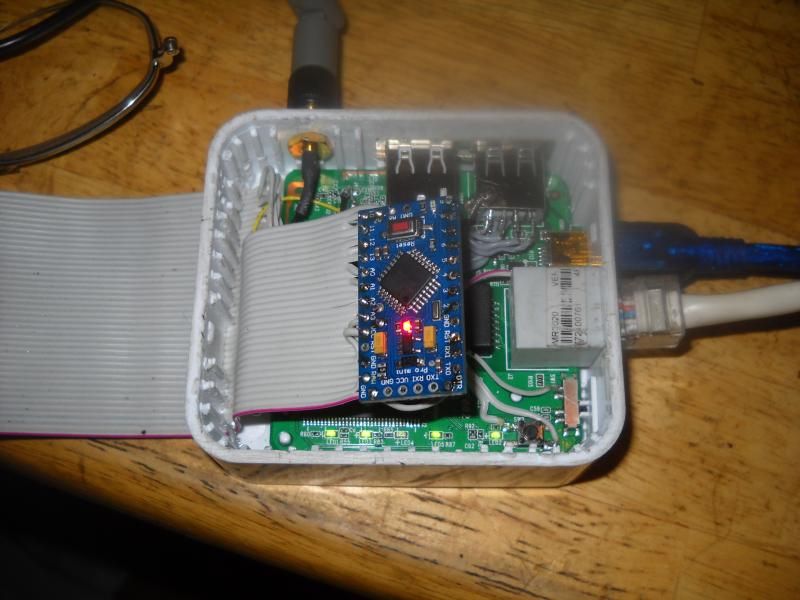
(Last edited by sfranzyshen on 9 Nov 2013, 18:12)




